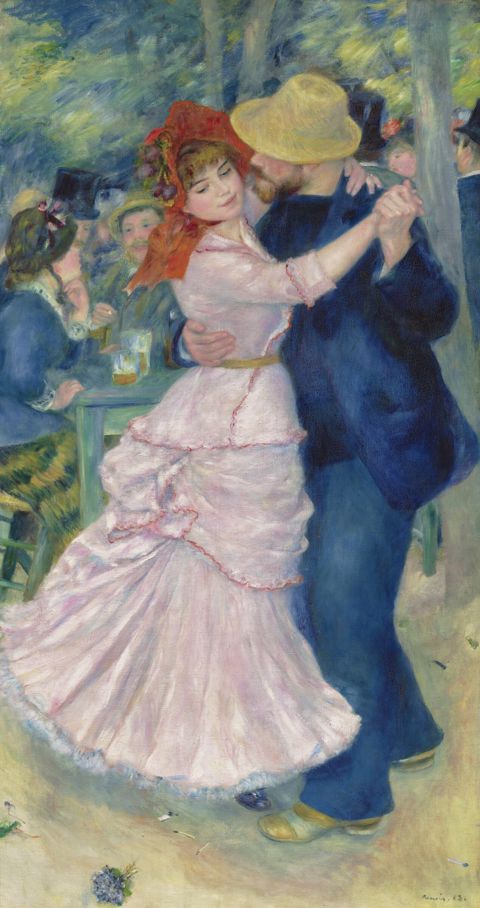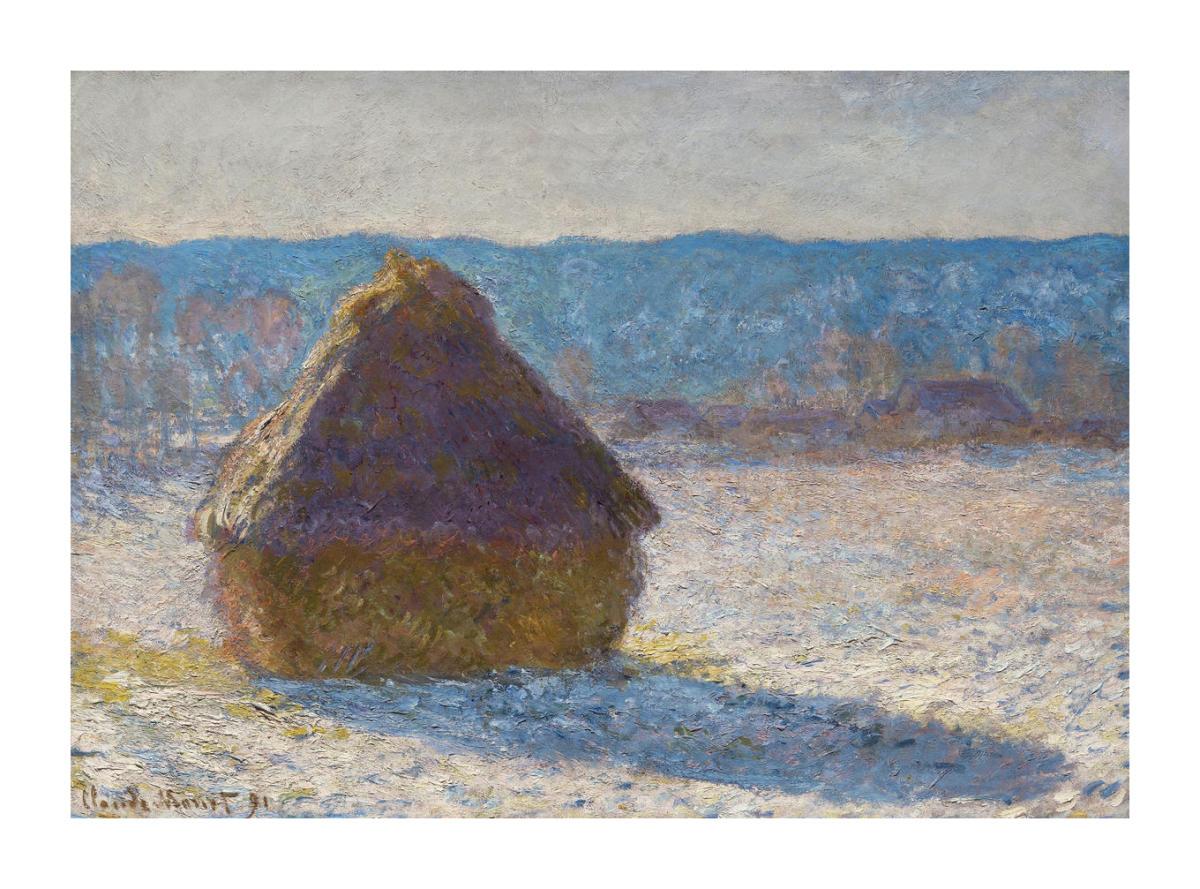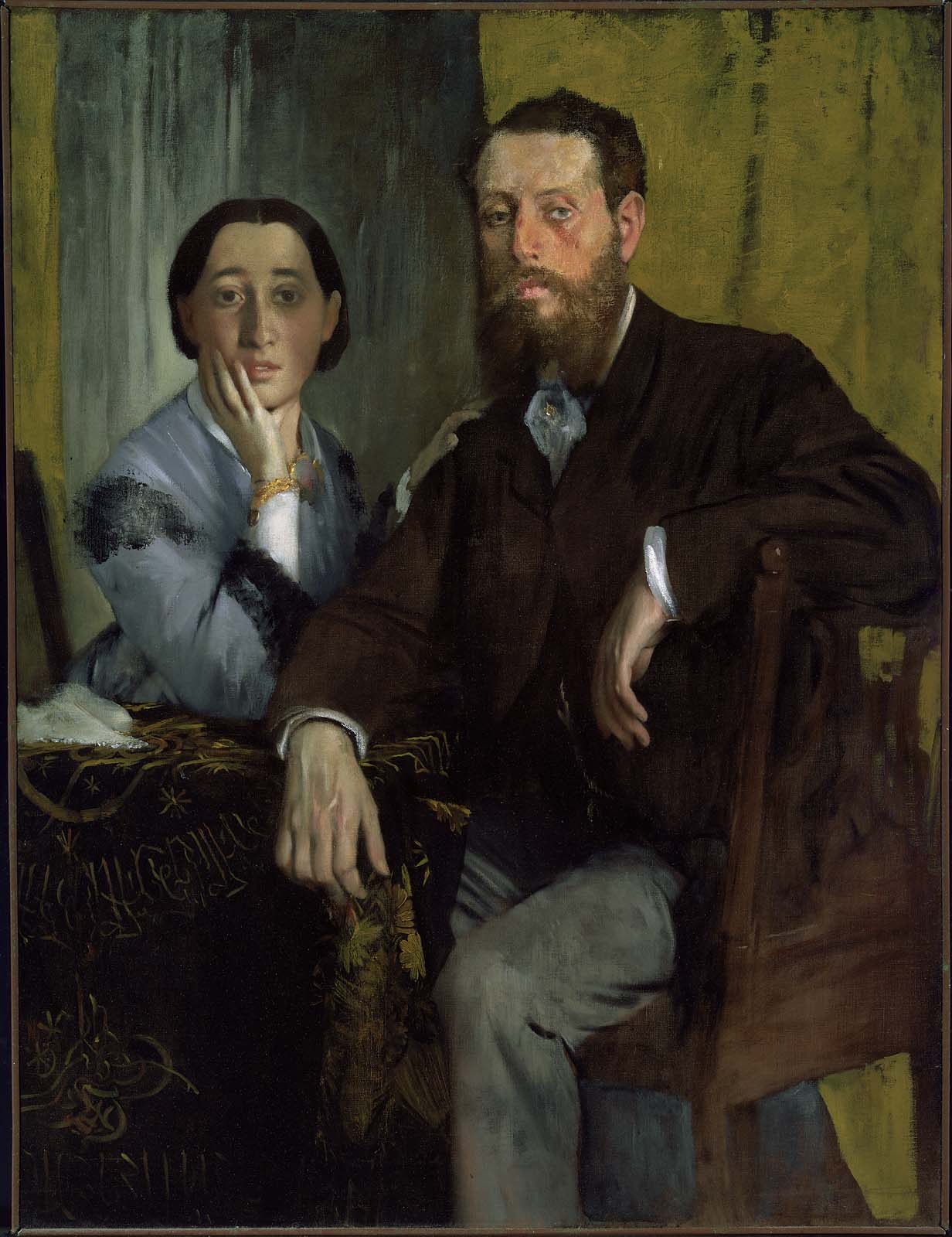Museum of Fine Arts, Houston
November 14, 2021–March 27, 2022
The MFAH is the only U.S. venue for Incomparable Impressionism from the Museum of Fine Arts, Boston, which traces the arc of this radical movement through 100 masterworks curated exclusively for this presentation
For the first time, the Museum of Fine Arts, Boston (MFA), is lending some 100 of the most significant paintings and works on paper from its renowned Impressionist collection for an exhibition that will open November 14 at the Museum of Fine Arts, Houston, its only American venue. Incomparable Impressionism from the Museum of Fine Arts, Boston will trace the evolution of this 19th-century avant-garde movement, from its roots in the novel, naturalistic landscapes of Jean-Baptiste-Camille Corot, Charles Francois Daubigny, and other painters of the Barbizon School, to the early “optical color” experimentations in plein-air landscape painting by Claude Monet, Alfred Sisley, and Camille Pissarro, to the frank depictions of modern urban life by Edgar Degas, Edouard Manet, Mary Cassatt, and Henri de Toulouse-Lautrec. The exhibition highlights the artists’ relationships and their thoughts, in their own words, to underscore the philosophy behind this now world-renowned movement. The exhibition, which is currently on view at the National Gallery of Victoria in Melbourne, will be at the Museum of Fine Arts, Houston, November 14, 2021–March 27, 2022.
“The MFA in Boston was the first museum in the U.S. to acquire a Degas, in 1903, and early patronage by pioneering Bostonian collectors ensured the growth of its now-extensive French Impressionist and Post-Impressionist holdings,” commented Gary Tinterow, Director and Margaret Alkek Williams Chair, the MFAH. “This extraordinary collection has a distinctive capacity to narrate the history of French Impressionism with nuance, depth, and flare. We are enormously pleased to be able to share this rare selection here in Houston.”
The exhibition brings together the MFA’s 19th-century- and early-20th-century paintings, assembled in nine thematic groupings. An exhibition highlight is a breathtaking display of 15 canvases by Claude Monet, painted over a 30-year period, featuring Monet’s most beloved sites. Together, these paintings demonstrate the full scope of his immeasurable contribution to the Impressionist movement.
Additional works included are Monet’s luminous Grainstack (Snow Effect), one of the artist’s famed series of 25 depictions of haystacks in varying seasons and light conditions, exhibited in May 1891 and purchased the following month by Bostonian Horatio Appleton Lamb;
Degas’s empathic double portrait of his sister, Thérèse, and her husband, Edmondo Morbilli (about 1865), which remained with Degas, and then his descendants, until it was purchased by Boston collector Robert Treat Paine, 2nd; Pierre-Auguste Renoir’s life-size Dance at Bougival (1883), with its swirling evocation of modern café life; and Manet’s quintessentially urban portrait Street Singer (1862). (John Singer Sargent’s portrait of the patron who bequeathed this Manet to the MFA, Sarah Choate Sears, hangs in the American Paintings galleries of the MFAH.)
An integral aspect of the exhibition is a fascinating selection of works on paper showcasing the artists’ working processes. These prints, with concentrations of works by Pissarro, Degas, and Cassatt, illuminate the artists’ working methods and approaches to their landscapes, portraits, and interiors, as part of a collaborative publication venture. Pissarro sought technical advice from Degas for his etching and aquatint of a favored woodland view. Degas’s painting Visit to a Museum (about 1879–90), from his series depicting women, including his friend and fellow Impressionist Mary Cassatt, in museum galleries, is accompanied by three prints from that series that portray Cassatt; four etching-and-aquatint prints from Cassatt’s own series In the Opera Box (about 1880) reveal the avid experimentation of her printmaking practice.
French Impressionism charts the trajectory of the late-nineteenth century artistic movement, highlighting the key milestones and figures at the centre of this period of experimentation and revolution in modern art. Through an arresting display of paintings and works on paper that showcases the breadth of the movement, the exhibition evokes the artistic energy and intellectual dynamism of the period by placing emphasis on the thoughts and observations of the artists themselves, revealing the social connections, artistic influences and personal relationships that united the group of radical practitioners at the centre of this new art movement.
Presented thematically across ten sections, the exhibition opens with early works by Monet and his forebears, Eugène Boudin and painters of the Barbizon School, illustrating their profound influence on Monet’s use of the then radical method of painting outdoors en plein air (‘in the open air’) to capture changing conditions in nature. The growth of the movement in subsequent decades is mapped through an exploration of the favoured subjects and ideas of the Impressionists. Moving through an immersive exhibition design, audiences experience the hallmarks of Impressionism, including distinctive brushwork, unique points of view, arresting use of colour, as well as places dear to the artists, such as Paris, Fontainebleau Forest, Pontoise, Giverny, the Normandy coast and the South of France. Many artists also placed equal weight on recording movement and change in urban and domestic realms. Still life paintings, intimate interiors and street scenes by such artists as Manet, Renoir and Gustave Caillebotte also feature.
These broader themes are punctuated by focused sections of the exhibition that examine significant moments and characteristics in the practices of a selection of artists, including Renoir and his experimentation with pictorial effects in the 1880s, as well as Pissarro and his role as mentor to a number of other artists.
An exhibition highlight is a breathtaking display of sixteen canvases by Claude Monet, in an immersive arrangement reminiscent of the distinctive, oval gallery designed for his famous Water Lilies at the Musée de l’Orangerie, Paris, between 1922 and his death in 1926. Painted over a thirty-year period, these paintings depict many of Monet’s most beloved scenes of nature in Argenteuil, the Normandy coast, the Mediterranean coast and his extraordinary garden in Giverny. Together, these paintings demonstrate the full scope of the artist’s immeasurable contribution to the Impressionist movement.
MFA Boston’s significant collection of French Impressionism benefited from the collecting efforts of individual Bostonians, some of whom visited the artists in France during the movement’s height. Mary Cassatt, an American-born artist integral to the French Impressionist movement and whose work is featured in the exhibition, advocated among her fellow Americans for their patronage of her French colleagues, ensuring that many great Impressionist paintings found their way into important American collections.
Book:
https://store.ngv.vic.gov.au/products/french-impressionism-from-the-museum-of-fine-arts-boston


